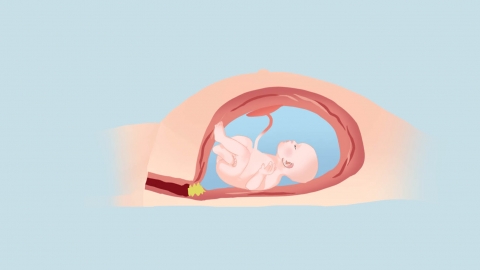What does the fetal position ROT mean?
Generally speaking, fetal position ROT refers to the right occipital transverse position, which is one way to indicate fetal presentation. The detailed explanation is as follows:

Fetal position describes the relationship between the presenting part of the fetus and the mother's pelvis. In the ROT position, "R" stands for right side, "O" stands for occiput, and "T" stands for transverse position, meaning the fetal occiput is located at the right transverse direction of the maternal pelvis. The right occipital transverse position is a relatively common fetal position during labor. The ideal position for normal vaginal delivery is the occipito-anterior position, where the fetal occiput is located in front of the maternal pelvis. The right occipital transverse position may turn into the occipito-anterior position naturally during labor, as the fetus descends and rotates under the influence of uterine contractions. However, if the fetus cannot rotate smoothly, it may lead to prolonged labor or dystocia. In such cases, doctors need to take appropriate measures based on the specific situation, such as fetal position correction or cesarean section.
Pregnant women can engage in moderate exercise, such as walking or prenatal yoga, during pregnancy. These activities may help fetal movement within the uterus and potentially allow the fetus to adjust its position spontaneously. However, exercise should be performed with appropriate intensity and frequency, avoiding excessive fatigue, and should be done under medical supervision to prevent harm to both the fetus and the pregnant woman.





